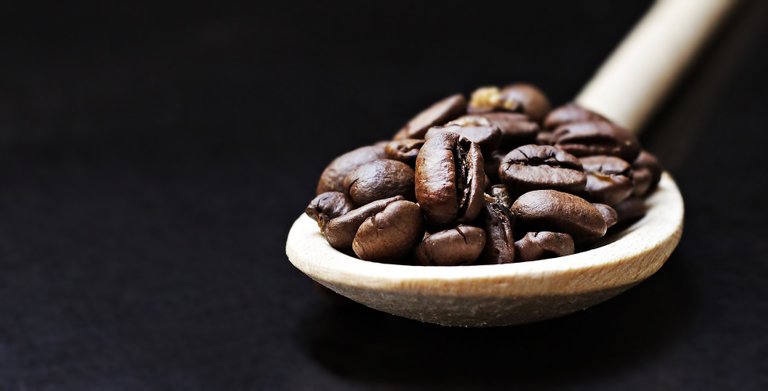At temperatures around 205°C things get interesting when you are watching and listening to your roasting because the water inside the bean vaporizes, the bean gets visibly bigger and cracks (you can hear this). The coffee will audibly pop or crack like popcorn and puff up. This one of the most important marks during the process and recognizing the first pop is of vital importance because it marks the beginning of when we can consume coffee. Here is where the light roasts begin.
Depending on the roast and the coffee, first crack will be quick and loud or slow and long. 30 seconds after the first pop the coffee could already be ground and brewed (as is done during cupping), but you would have a relatively light roast.
During the last 2 to 5 minutes the coffee’s full flavor is developed so this stage is called development. When you stop the roast is up to you. Shorter development times generally have a brighter profile, longer and darker roasts tend to be less acidic and with more body. Lighter roast profiles tend to emphasize the unique characteristics of the coffee, while darker roasts tend to emphasize more roast character.

Wooden spoon used to check upon color - pixbay.com
These minutes can be quite hectic because the coffee changes in appearance and flavor most quickly at this point. Literally 30 seconds will produce a different tasting cup of coffee. How much development time to apply to a roast is up to you. Everyone likes a different style of coffee and it’s after the first pop that most people make their adjustments to how a coffee tastes. If you favor light roasts, or need a bit more time, you should turn down the flame a bit now and remember to keep stirring for uniformity! During this period the coffee turns toward darker shades of brown and the aroma develops into a nutty, cocoa-like or malty character.
But as we are still learning, you should keep roasting and your coffee will go through a second crack. This is softer sounding than 1st crack so instead of trying to hear it you can easier see it: oils will show up on the outside of the bean. This second crack is a good marker for the point at which the roast flavors start dominating the flavors of origin and we enter the territory of the darker roasts. This is a good time to stop (if you have not stopped yet) when you are a beginner.
Darker roasts (roasted to temperatures above 225 degrees ) actually lose some of the taste of their original bean so if you want to know the bean's qualities and flavor notes as determined by a bean's geographical origin or variety, you better use lighter or medium roasts. At these temperatures the aromas and tastes developed during the initial stages are combusted and new aromas that are toasty, smoky and spicy develop. It is said that often a coffee will be just ordinary as a light roast, but outstanding as a dark roast, so it really depends on the kind of coffee you use, on personal favorite taste and preference which roast best fits a certain kind of coffee. The only way to know is to try it out.

Not very successful first try .. no uniformity
Now if you keep roasting and applying heat, the coffee will eventually burn, but that is not something we want of course. As you can see, the whole process only takes 12 to 15 minutes and the last minutes are crucial, so you should keep your eyes and nose on it and don’t walk away! The freshly toasted beans should cool down now and rest for a while. You can store them for quite a while now, but as you have freshly roasted beans you should consume them within 3 days. Freshly roasted, grinded and brewed coffee, what more can you want?
Color references for beginners : https://legacy.sweetmarias.com/library/using-sight-to-determine-degree-of-roast
First part of this article is here: https://steemit.com/coffee/@petrvl/roasting-your-coffee-at-home-1
You can see them all here.Previous article from coffee series you can find under tag #cafescope.
Article was also published on Cafescope